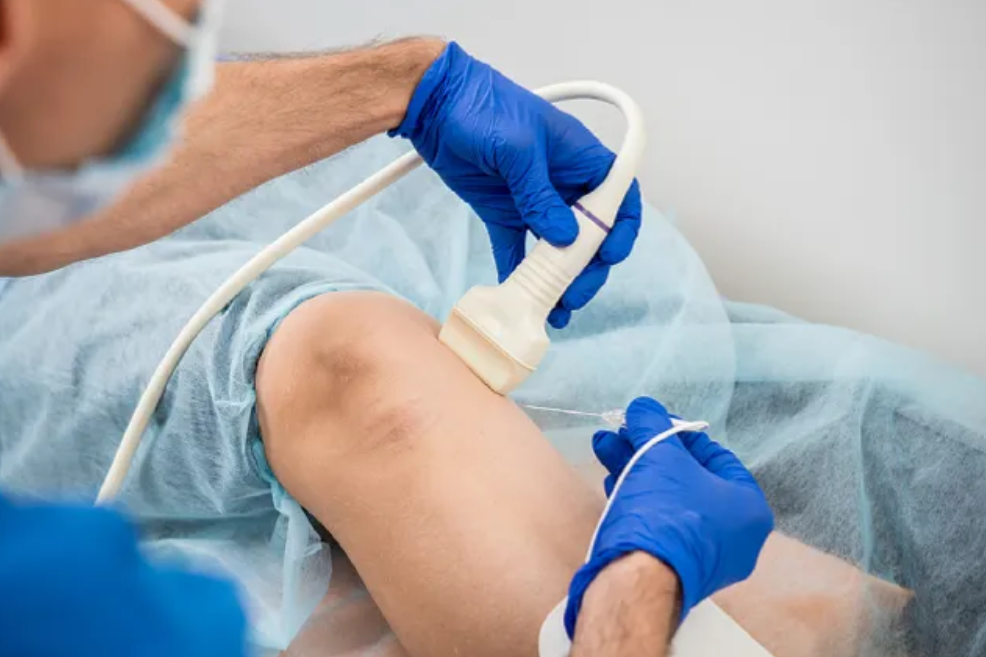Introduction
Radiofrequency ablation, or RFA, is a procedure that destroys painful tissue in the body by heating it. It’s most commonly used to treat liver tumours but can also be effective for treating kidney tumours and several other diseases. The procedure is relatively straightforward; you’ll be given anaesthesia and won’t feel any pain during the surgery.
The growth of radiofrequency ablation in Sydney has been rapid since its introduction to the market in 2007. The technology is a minimally invasive procedure for treating cardiac arrhythmias, including atrial fibrillation, atrial flutter, and ventricular tachycardia. In this procedure, an electric current is applied to targeted areas of the heart muscle through an ablation catheter that delivers heat energy to destroy tissue.
In Australia, it was first introduced in the late 1990s and early 2000s. It was primarily used as a last resort when other treatment options failed or were unavailable. As time went on, however, it became clear that it was an effective treatment option even when other options were available—and its popularity grew accordingly. In 2010 alone, there were over 15,000 procedures performed in Sydney independently.
What is radiofrequency ablation?
Radiofrequency ablation is a procedure that destroys abnormal tissue using heat. It is used to treat abnormal tissue in the body and can be used to treat many different conditions, including cancer. It is also referred to as RFA or thermal coagulation.
This treatment can be used on skin growths such as fibroadenomas (benign tumours), papillomas (skin growths caused by viral infections), warts and moles.
It can also be used for treating certain types of cancer, such as neuroendocrine tumours (NETs), pituitary adenomas and pheochromocytomas.
How does it work?
Radiofrequency ablation in Sydney is a minimally invasive procedure that uses radiofrequency energy to treat the lining of your heart. The treatment heats up and destroys abnormal tissue, preventing it from sending electrical signals that could cause your heart to beat too fast or skip beats.
The catheter used in this procedure has a small electrode at its tip. A contrast agent is injected into your arm to help doctors see on an X-ray where they’re putting the catheter. Radiofrequency energy travels through wires connected to an electrosurgical generator.
While the catheter is in place, you’ll be given intravenous sedatives and pain medication. The procedure lasts about an hour and a half, but you can expect to spend several hours at the hospital before going home.
Before you have this done, you should expect to:
- Get a complete physical examination by your doctor. Your doctor will check your heart and blood pressure to see if they’re healthy enough for the procedure.
- Have a consultation with a cardiologist or electrophysiologist. Your doctor will explain what this is and answer any questions you have.
What are the risks?
- Bleeding: In rare cases, it can cause bleeding inside the chest cavity. This is more likely to happen if you have heart disease or are taking blood-thinning medications.
- Damage to nearby organs and structures: It may accidentally damage nearby organs and systems, like your oesophagus, heart muscle or lung tissue.
- Scarring: It can cause scarring in the area where it’s done. This is most likely to happen in people with a history of asthma or other lung problems (like a chronic obstructive pulmonary disease).
Who should consider the same?
It is a minimally invasive procedure performed by a doctor. It can treat arrhythmias (irregular heartbeats) caused by atrial fibrillation, atrial flutter or ventricular tachycardia. It is not for everyone, so your doctor must determine if it’s right for you.
If you’re a good candidate for the procedure, it can be performed in your doctor’s office or a hospital. The process takes less than an hour and doesn’t require stitches or incisions.
Conclusion
It is a safe and effective treatment for a variety of conditions. It is important to remember that not everyone will be a good candidate for this, and you should talk with your doctor about the risks and benefits before deciding whether this treatment is proper for you.

